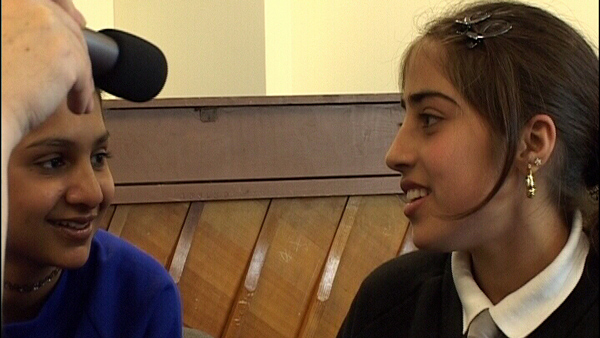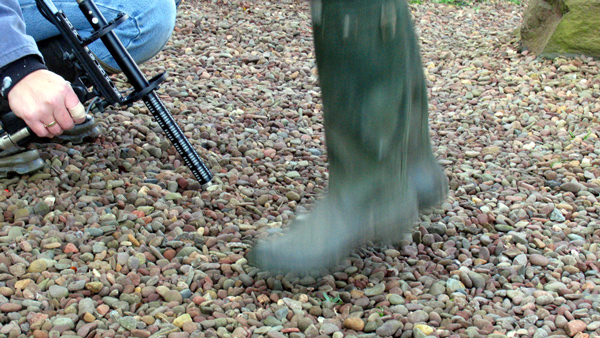VO and SFX
Sound recording is more straightforward if your film only needs voiceover or voices for animated characters. This is for a number of reasons:
- Your choice of sound recording location is increased because it doesn't have to fit with an image, although it can still be difficult to find anywhere quiet in some schools!
- You don't have to worry about getting the mic in shot, you can place it as close as you want.
- And, because of the above, you can use your inbuilt camera mic, which - with care - can produce good results (though if you have one, use a separate mic).
- Although your sound recording is easier, your post production may be trickier - because you might be synching audio with picture.
What to record onto
Use your camera, especially if its digital - you are unlikely to get better results using a mini disc, phone or tape deck. And its already in the format your editor will be working with.
You're recording has to fit with the picture - your sound of running water might be good close up, but it might fit better if you record it from further away too. If in doubt, record three options to choose from.
Track identification
It will be very useful to an editor if you identify each item you record by announcing it before you record; and make a careful note on your log sheets about each sound clip - remember there will be no scenery to help work out what the sound is intended for.

